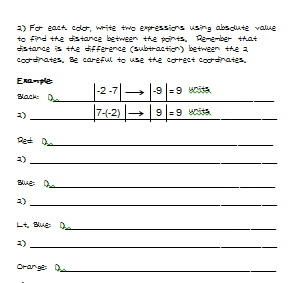Our school uses a Singapore math curriculum, which definitely challenges my seventh graders! Although finding the surface area and volume of cones, cylinders and spheres are testable topics in eighth grade, our math books cover this topic in the course 2 book, which is used in seventh grade. Therefore, we have chosen to cover this chapter at the end of the year. Using a variety of teaching methods can make this topic much more accessible to all levels of seventh graders. This blog will cover some introductory activities and using patterns to make the general volume formula accessible and meaningful to the students.
Whenever possible, manipulatives and hands-on materials should be used to help the students begin to grasp the concepts of volume and surface area. To visualize volume, have students build something with layers. Have them use a basic shape like a circle, triangle, rectangle or square for the base of this thing you are going to build. It can be anything! Blocks, foam, cds, building bricks, even bread! (A whole loaf would show the layers concept easily.) Have the students measure and calculate the area of the base shape, and then multiply by the number of layers.
When ready to introduce the general formula, V=Bh, get them to connect the bottom layer's area with the "B" (the area of the base shape). Be aware that students who have been working with the formula for the area of a two dimensional triangle tend to confuse the small "b" in the triangle formula with the large "B" in the volume formula. It is vital that they connect the AREA of the base shape with "B", not just one dimension of the base shape.
I personally have found success by NOT compartmentalizing this process. I don't teach the cylinder formula one day, the cube another day, a rectangular prism on the third day, a triangular prism on the next day, etc. I let them explore with building with all of those shapes at different stations. The goal is to get them to recognize that there is a pattern to finding the volume of all these figures and that the letter "B" in the formula must "change" depending on the figure's shape. For example, the formula for the rectangular prism is V = lwh and the formula changes for a cylinder to V= pi x radius squared x h.
Seventh graders are not good at mastering too many different formulas, but they can use the V=Bh formula successfully. I teach them to swap the "B" for the formula they have already mastered to find the area of a rectangle (lw) and then multiply by the height of the prism. We discuss the pattern of "swapping" the "B".
A flyswatter is a great manipulative to use here! Swat the "B" and exchange it for the right area formula. If we have a circle for the base shape, "swat" the "B" and exchange it for pi x radius squared and then multiply by the height of the cylinder. For triangular prisms, "swat" the "B" and exchange it for (1/2 x base x height) and then multiply by the height of the prism. Make sure to help them differentiate between the height of the 2D triangle and the height of the prism.
Teaching the concept in a mixed format adheres to the Mathematical Practice of finding and using patterns.
"B" Amazing Everyday!!
Annie



